Hub culture: how Second Home is engineering the new creative hothouse
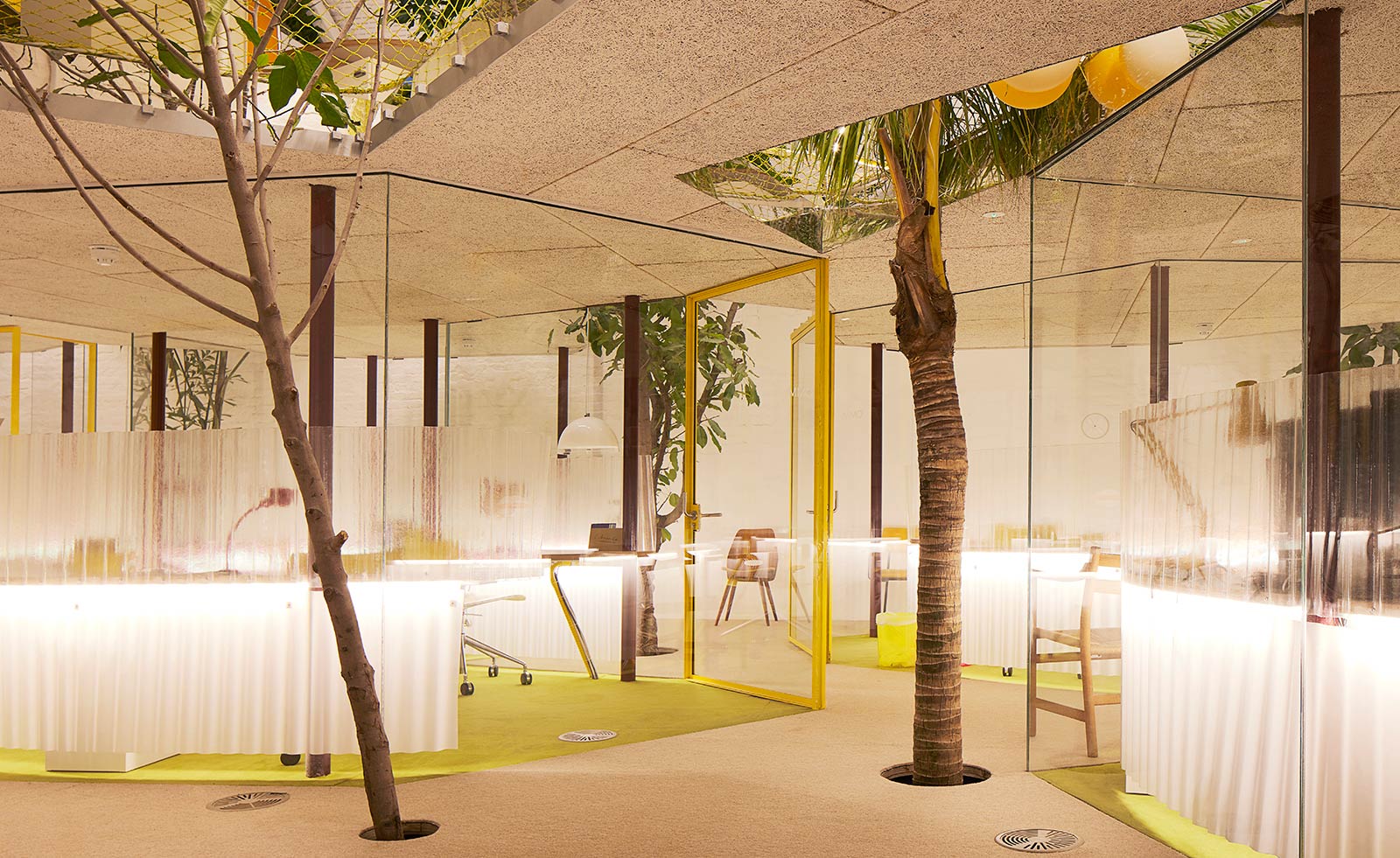
In 2010, Rohan Silva was a smart young thing pulled from the UK’s Treasury department into the policy unit at No.10 to advise the then prime minister David Cameron. He had already launched the Tech City initiative that established East London’s ‘Silicon Roundabout’ as Europe’s key startup engine.
Sam Aldenton, meanwhile, had impeccable new model entrepreneur credentials, opening what he says was London’s first dedicated co-working space in Dalston in 2005 – ‘we took an empty floor in a factory and put lots of desks in it’ – followed by alternative music venue Café Oto and Dalston Roof Park.
He also set up street food arena Feast, which is where he first met Silva. The pair bonded immediately. ‘I had hung out at all these places and really liked them,’ says Silva. ‘Then I realised there was this one person connected to all of them and that was really exciting.’
Silva and Aldenton quickly looked for opportunities and hatched a plan. Working life had splintered and atomised. More and more people were working for smaller and more companies, often their own, but the professional infrastructure hadn’t kept pace with those changes. Commercial space was expensive, inflexible and spirit-crushingly dull. The pair also realised that this new workforce of atomised entrepreneurs still wanted to feel physically connected. They understood a fundamental truth: it’s hard to stay energised and motivated when your only company is the cat and a half-empty fridge in your kitchen.
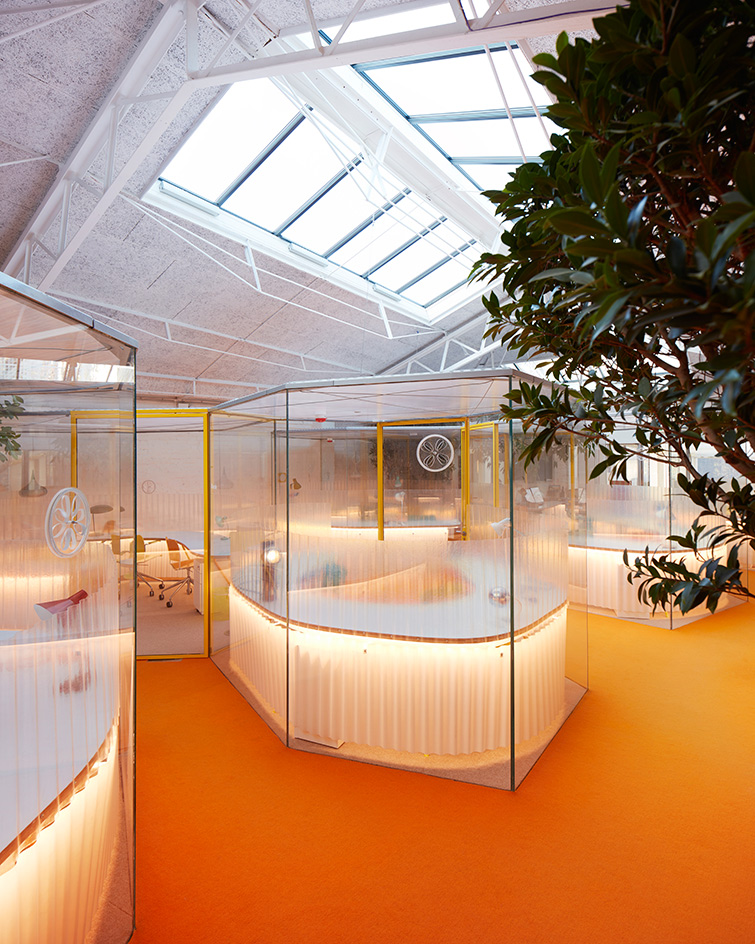
Second Home Holland Park features perspex studios, illuminated desks and dense vegetation
‘Today’s technology means you can work with anyone anywhere, but this means that clustering in physical proximity is more important than ever,’ says Silva. ‘Everyone could be working in the middle of the countryside in their pyjamas, yet they’re not.’
The pair, eloquent and conspicuously connected, took their idea for a new model workplace and pitched it to 150 potential investors, with plentiful success. In 2014, they opened Second Home in a 1960s former carpet factory in the wrong part of Spitalfields in East London. For Silva, though, this was exactly the right place to be; a crushed avocado’s throw from the financial powerhouses of the city and the new tech and creative hub in Shoreditch.
‘Innovation happens at the intersection of fields, where people and organisations come together,’ argues Silva. ‘It’s where, historically, different communities have come together, and now it is where the fashion industry meets tech, and art meets finance and advertising. There aren’t that many places in the world with that kind of cross-pollination.’
The pair called in Spanish architects Selgas Cano to create a space that would foster both creativity and collaboration. The result is two floors (now three) of curvy transparent studios of seemingly infinite shape and variety. Plants are everywhere, fed by an internal watering system. It is a space that offers dramatic light and openness but also privacy. It is also determinedly raw and a little rough round the edges. Aldenton says, ‘Selgas Cano embrace imperfections. It’s a juxtaposition to a technological age where everything is a sealed unit. They are celebrating the touch of the human.’ That optimistic, almost improvised architecture, and the idea it enshrined, clearly appealed. Second Home was fully occupied as soon as it opened.
But the plan was about more than just providing a lo-fi, fluid space. Aldenton and Silva would also engineer a mutually supportive network designed to hothouse young businesses. ‘Twenty per cent of the companies here are chosen because they do things that growing companies need, be it branding or legal services,’ says Silva. ‘The other 80 per cent we are selecting for as much diversity as possible. That means there are going to be people in the community that can help you, so there is a real incentive to talk to those around you.’
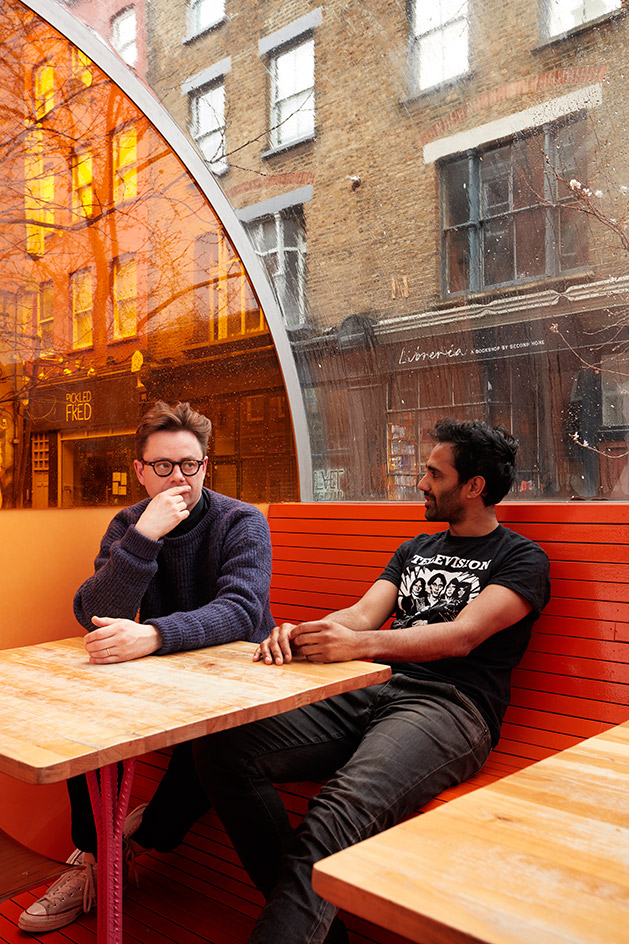
Sam Aldenton and Rohan Silva in the cafe/restaurant at Second Home Spitalfields, across the road is their bookshop Libreria, also designed by Selgas Cano
‘What really excites people is that sense of energy,’ says Aldenton. ‘The people here are passionate about what they do, and being around other passionate people drives you to do more. In a sense, that’s what entrepreneurship is – it’s action.’
The mix of Second Home members is carefully balanced. The biggest slice, more than 15 per cent, are actually not-for-profit charities and social impact organisations, given free or subsidised space. ‘This building has design agencies, charities, fashion companies, corporates and tech investment funds,’ says Silva. ‘If you want to have a community, and a community where people can learn from each other, it has to be diverse. Ernst & Young’s innovation lab is next door to Help Refugees. They love that. And Ernst & Young help them with pro-bono work. It works on both fronts.’
Second Home also runs cultural and apprenticeship programmes, as well as offering space to charities and community groups for meetings. As a side project, it has built a school in Nairobi, also designed by Selgas Cano. ‘If you are paying money to be somewhere, you want to know it isn’t going to total scumbags,’ argues Silva.
It’s a method that seems to be working. The pair insists that businesses at Second Home grow ten per cent faster than the national average and that 75 of the operations there collaborate in some way with other residents. Says Silva, ‘The data point that we are obsessed with is not filling space – what we are interested in is turning creativity and innovation into jobs.’ Two years ago, a pair of management consultants joined Second Home where they set up Bulb, a green energy company. Now they employ 100 people. They found investors through Second Home, and are working with a communications company and a lobbying organisation that they found here.
The mission now is to take the Second Home model to other places and adapt it to fit new surroundings, to prove that thrusting entrepreneurialism happens outside of East London’s new tech-meets-creative-meets- finance hub. And to nurture and support it.
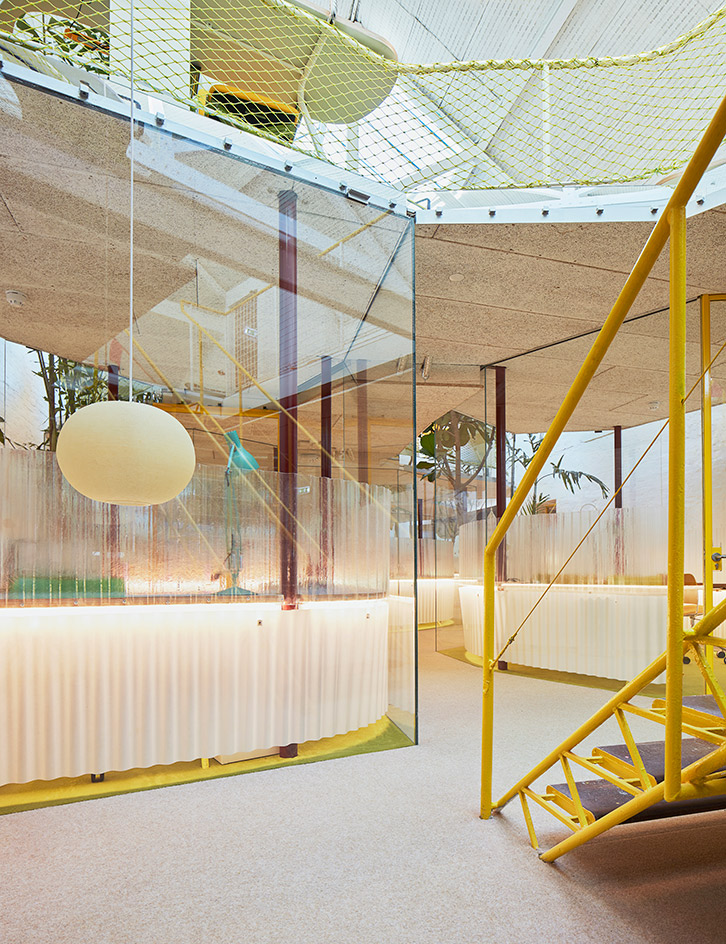
Second Home Holland Park which once housed Richard Rogers’ studio, still features the staircase David Chipperfield designed for Rogers
Last January, the pair opened a second Second Home in Lisbon and late last year, they opened a 12,000 sq ft outpost in Holland Park in West London. The new location is housed in an odd cluster of five separate buildings, with cast-iron cultural credentials. Once the studio of photographer John Cowan, it was used as the creative lair of David Hemmings’ fashion photographer in Michelangelo Antonioni’s 1966 film Blow-Up. During the 1980s it became Richard Rogers’ studio (Rogers’ son Roo remembers spending time here and now runs his innovation agency from this new Second Home). It was then taken on by architect John McAslan, and later a TV company until a period of redundancy. Proof perhaps that the creative juices were draining out of West London and flowing eastwards.
Indeed, it was that drain that drew Silva and Aldenton to the area. ‘We did think that the pendulum had swung too far east,’ says Silva. ‘Suddenly lots of cultural venues were closing in West London and lots of creative people were being turfed out.’ Silva and Aldenton again called on Selgas Cano to refit the building. Structural interventions are minimal – a staircase designed by David Chipperfield when he was working with Rogers remains intact – though they have added an extra mezzanine level, more skylights and a courtyard café, armed with a soap bubble machine that can fill its roof space in 20 minutes, creating an effective form of insulation in winter. It also features a small poetry bookshop and, in a nod to its backstory, a photographic studio.
The Spanish architects have adapted the formula they worked out in Spitalfields and, perhaps because of the building’s history, Holland Park’s interior landscape of walkways, Perspex studios, illuminated desks, 250 different varieties of lamps and chairs, dense vegetation and foam-topped cafés comes off as even more retro sci-fi.
It is also built on a more intimate scale than Spitalfields, which recently opened an extra floor to cope with demand. The biggest ‘studio’ at Spitalfields houses 150 people, while Holland Park concentrates on spaces for eight-strong teams or less. Its members include WAH Nails founder Sharmadean Reid, violinist and arts broadcaster Clemency Burton-Hill, and Marquee Arts, which is developing a streaming app for the performing arts.
This year, planning permission allowing, will also see a new opening in London Fields. Again responding to local demographics, Silva promises it will be ‘the most family- friendly working environment in Europe’ with a crèche, a soft-landing floor made from recycled tyres, and scooter parking for children and adults. And next year will see their most ambitious opening, a 90,000 sq ft campus in East Hollywood in LA, which will house event spaces, screening rooms and sound studios. Around it will be dotted 69 curvaceous studios, again designed by Selgas Cano and connected by covered walkways. The team are also installing around 3,500 trees and plants.
In this stretch of LA, the pair spotted the same emerging confluence of creative industries, finance and tech that they had seen in Spitalfields. And the same chance to spur benign regeneration. ‘We wanted to change people’s businesses around where we are, not push people out,’ says Silva. ‘And hopefully we will be able to do the same here.’
Meanwhile, the pair continue to look for other potential sites in London and beyond, while also thinking about how they might bring their socially minded entrepreneurial smarts into other areas such as housing.
And they’re convinced that the model they have established at Second Home will become central to how we think about the wider working world of the future.
As automation and AI take on more routine and repetitive tasks, the ‘creative economy’ will have to find profitable space for a lot more people. And that will only happen if that creative economy pays. ‘Creating creative, cultural spaces is not just something nice to do,’ says Silva, ‘or just the hallmark of civilised society. It’s an economic imperative’. Second Home, the pair argue, proves that, given the right space and the right human connections, the creative economy can deliver.
‘Our view is that having an architecture and a community that embraces as many different fields as possible leads to unexpected conversations and collisions,’ says Silva. ‘And who knows what will come out of that. You are around people who can help you turn that idea into a company, or a product, or a job.’
‘The ideas are almost the cheap currency,’ adds Aldenton. ‘The thing that everyone here is doing is turning those ideas into reality.’
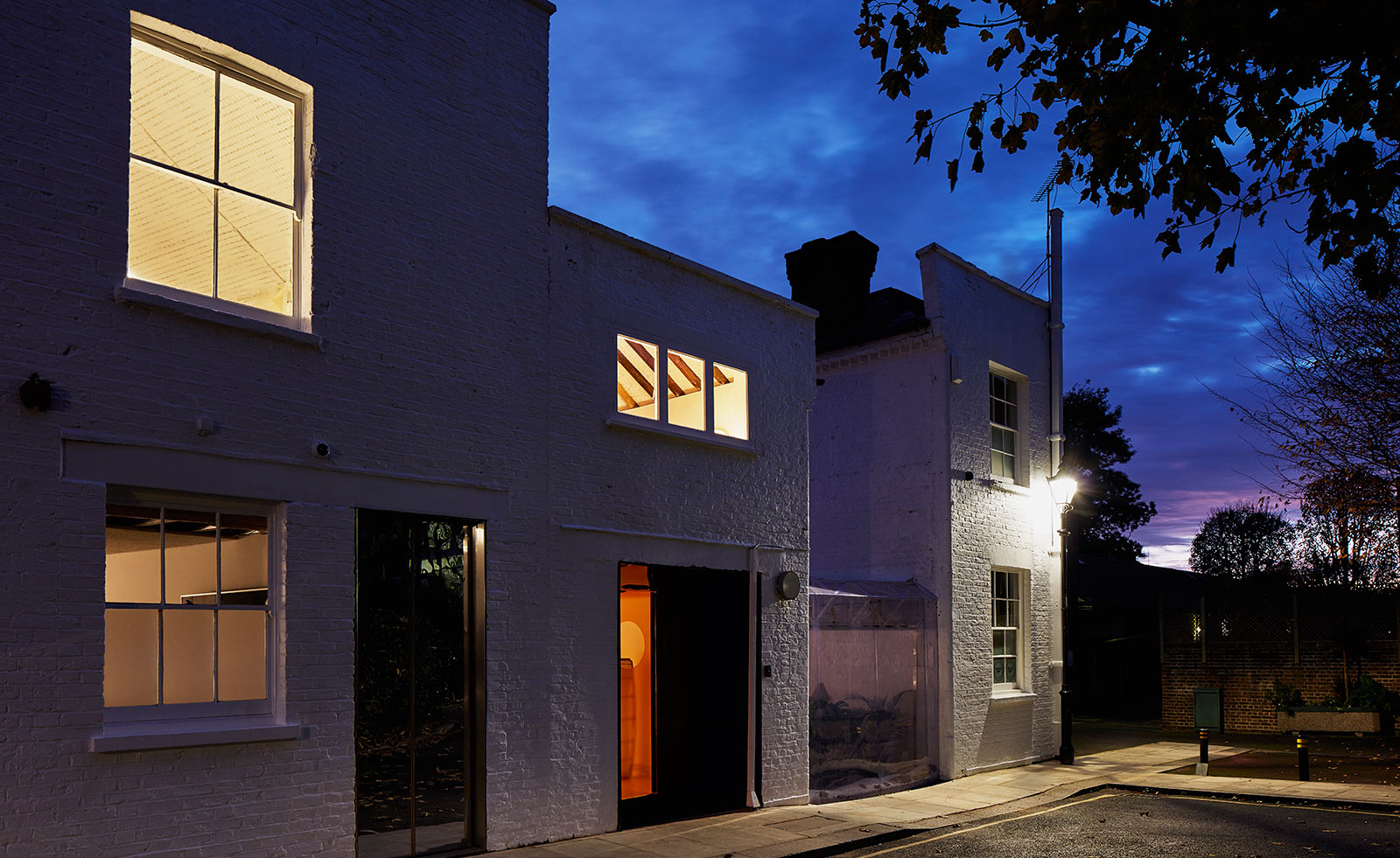
The exterior of Second Home Holland Park.
INFORMATION
For more information, visit the Second Home website
Wallpaper* Newsletter
Receive our daily digest of inspiration, escapism and design stories from around the world direct to your inbox.
-
 Put these emerging artists on your radar
Put these emerging artists on your radarThis crop of six new talents is poised to shake up the art world. Get to know them now
By Tianna Williams
-
 Dining at Pyrá feels like a Mediterranean kiss on both cheeks
Dining at Pyrá feels like a Mediterranean kiss on both cheeksDesigned by House of Dré, this Lonsdale Road addition dishes up an enticing fusion of Greek and Spanish cooking
By Sofia de la Cruz
-
 Creased, crumpled: S/S 2025 menswear is about clothes that have ‘lived a life’
Creased, crumpled: S/S 2025 menswear is about clothes that have ‘lived a life’The S/S 2025 menswear collections see designers embrace the creased and the crumpled, conjuring a mood of laidback languor that ran through the season – captured here by photographer Steve Harnacke and stylist Nicola Neri for Wallpaper*
By Jack Moss
-
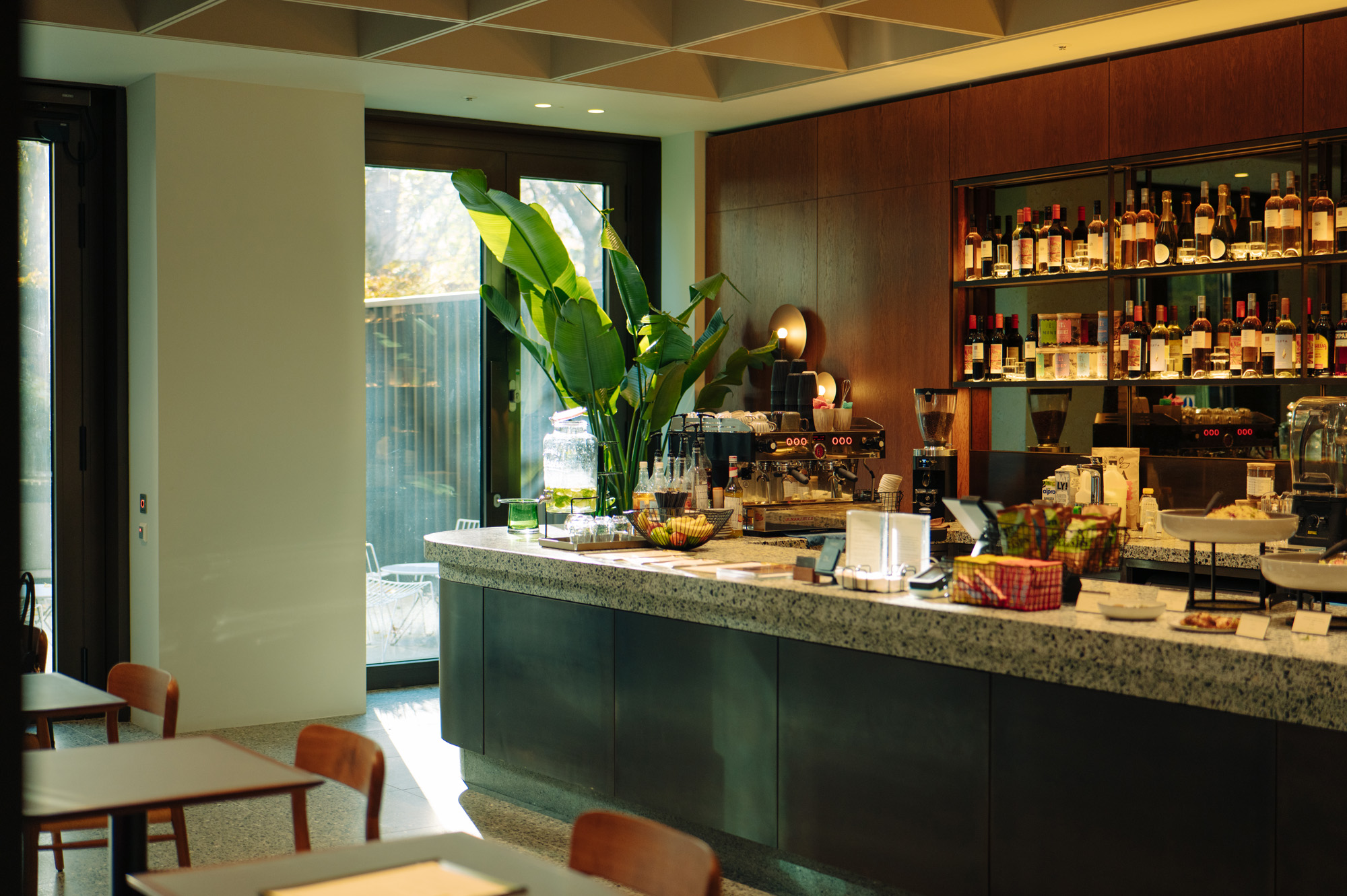 Are Derwent London's new lounges the future of workspace?
Are Derwent London's new lounges the future of workspace?Property developer Derwent London’s new lounges – created for tenants of its offices – work harder to promote community and connection for their users
By Emily Wright
-
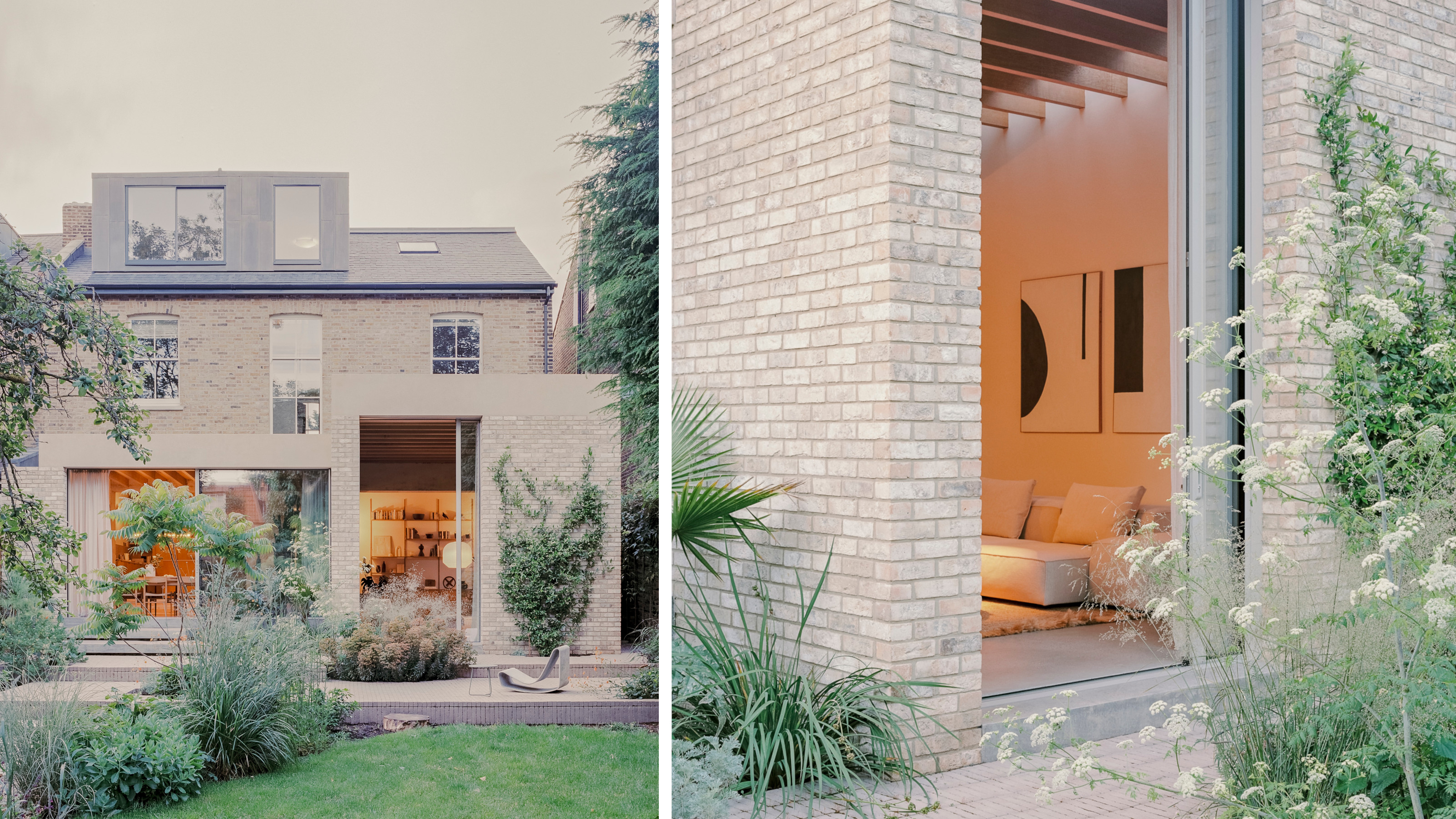 A new concrete extension opens up this Stoke Newington house to its garden
A new concrete extension opens up this Stoke Newington house to its gardenArchitects Bindloss Dawes' concrete extension has brought a considered material palette to this elegant Victorian family house
By Jonathan Bell
-
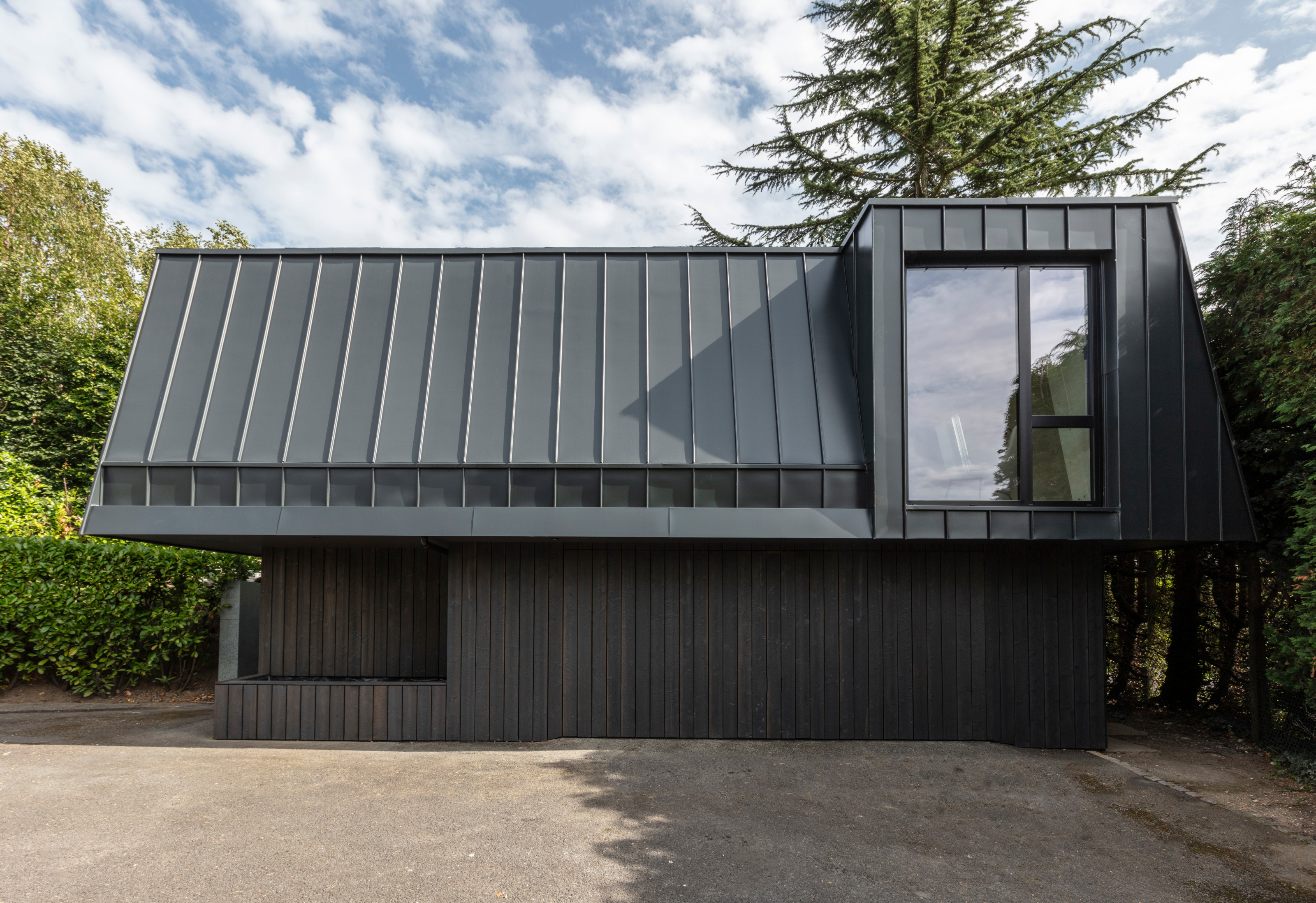 A former garage is transformed into a compact but multifunctional space
A former garage is transformed into a compact but multifunctional spaceA multifunctional, compact house by Francesco Pierazzi is created through a unique spatial arrangement in the heart of the Surrey countryside
By Jonathan Bell
-
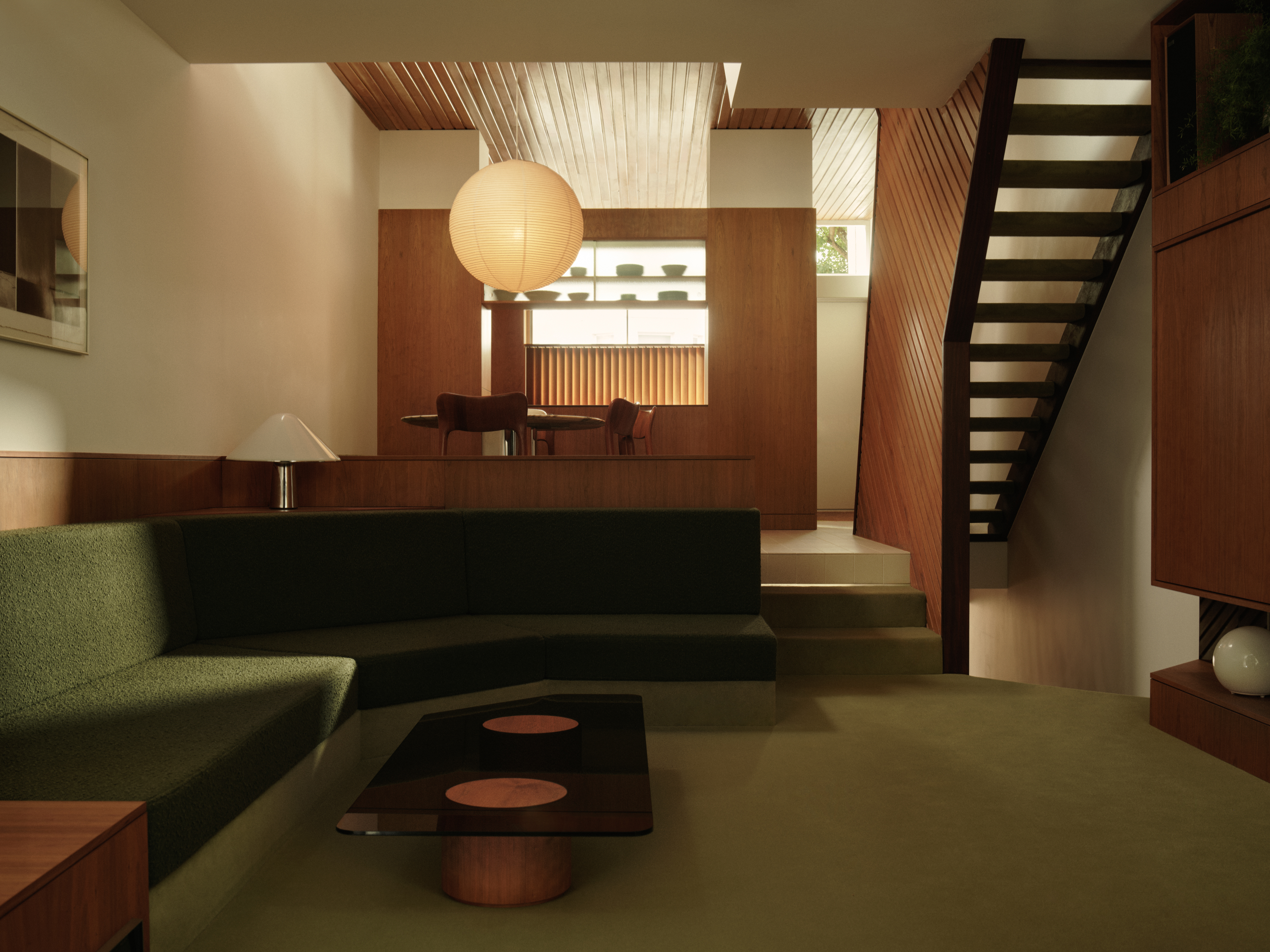 A 1960s North London townhouse deftly makes the transition to the 21st Century
A 1960s North London townhouse deftly makes the transition to the 21st CenturyThanks to a sensitive redesign by Studio Hagen Hall, this midcentury gem in Hampstead is now a sustainable powerhouse.
By Ellie Stathaki
-
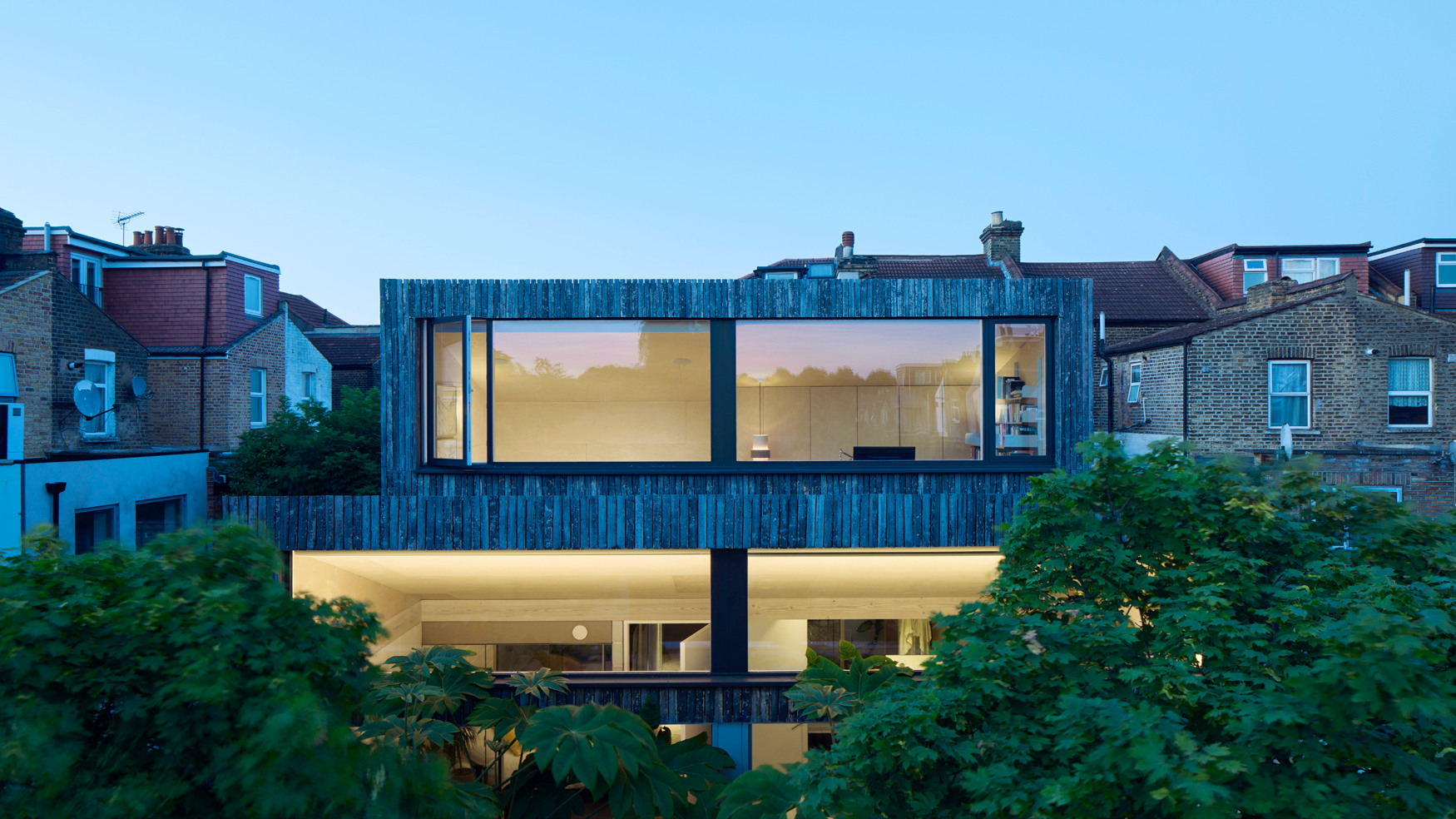 An architect’s own home offers a refined and leafy retreat from its East London surroundings
An architect’s own home offers a refined and leafy retreat from its East London surroundingsStudioshaw has completed a courtyard house in amongst a cluster of traditional terraced houses, harnessing the sun and plenty of greenery to bolster privacy and warmth
By Jonathan Bell
-
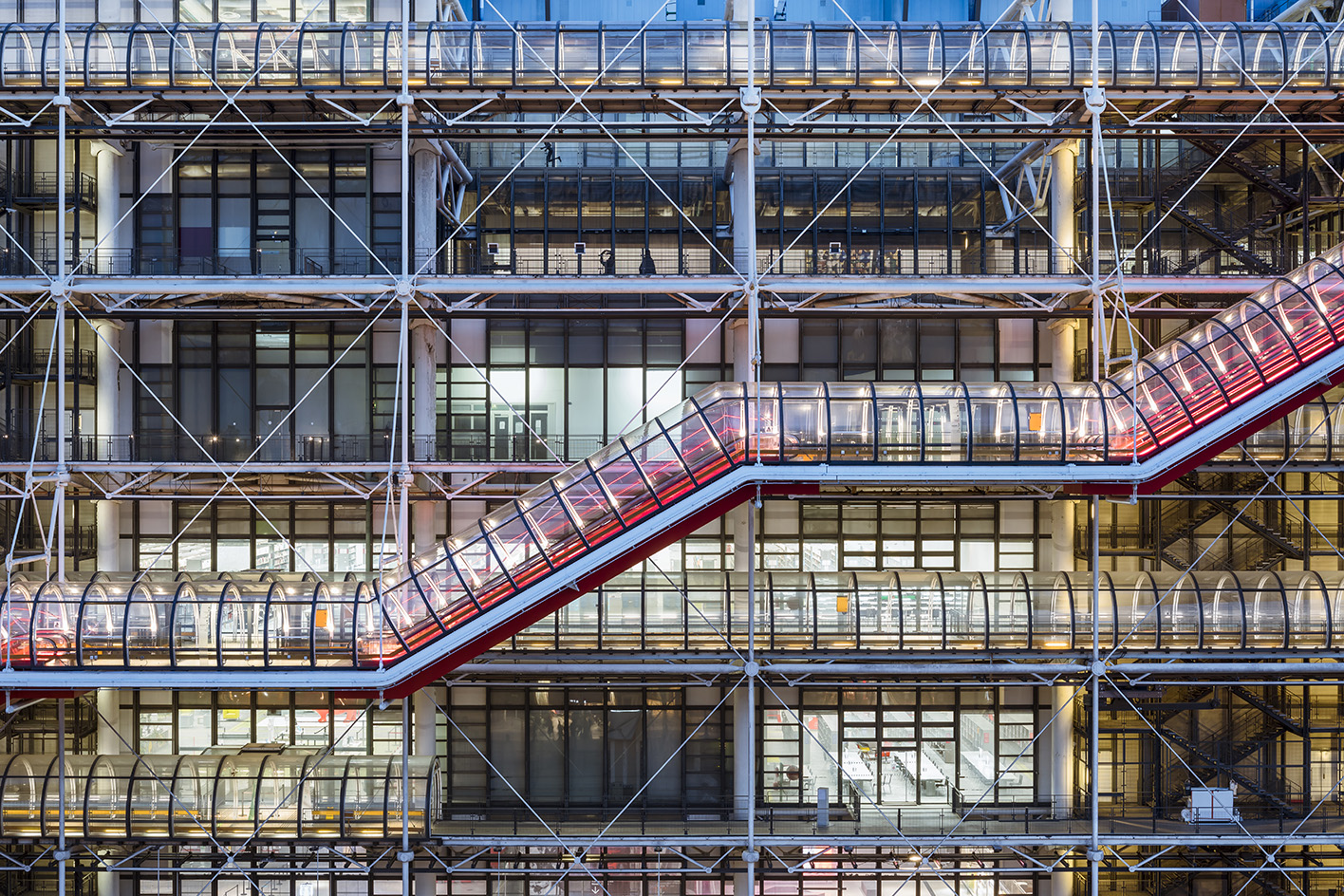 The museum of the future: how architects are redefining cultural landmarks
The museum of the future: how architects are redefining cultural landmarksWhat does the museum of the future look like? As art evolves, so do the spaces that house it – pushing architects to rethink form and function
By Katherine McGrath
-
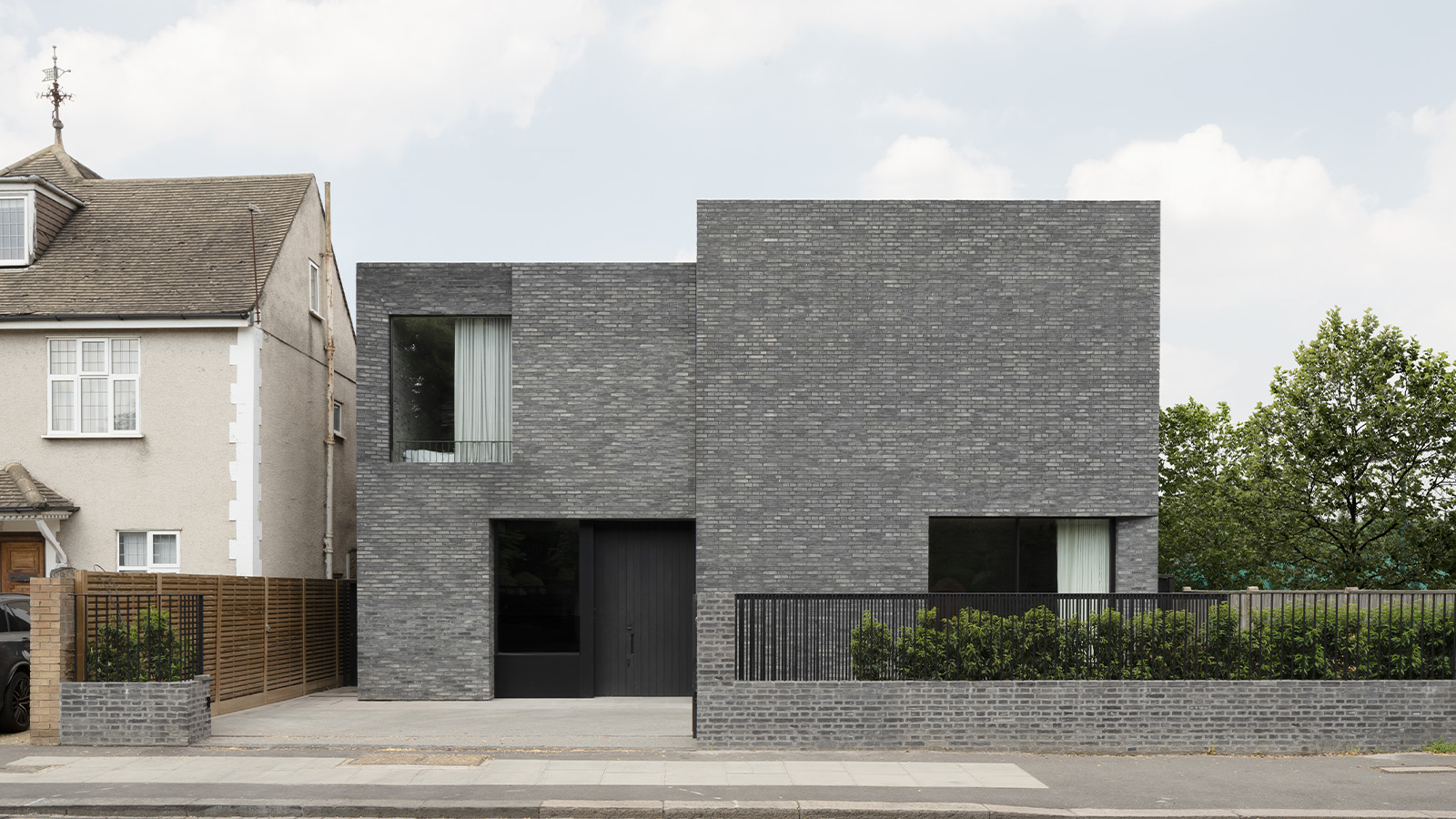 'Bold and unapologetic', this contemporary Wimbledon home replaces a 1970s house on site
'Bold and unapologetic', this contemporary Wimbledon home replaces a 1970s house on siteThis grey-brick Wimbledon home by McLaren Excell is a pairing of brick and concrete, designed to be mysterious
By Tianna Williams
-
 A Danish twist, compact architecture, and engineering magic: the Don’t Move, Improve 2025 winners are here
A Danish twist, compact architecture, and engineering magic: the Don’t Move, Improve 2025 winners are hereDon’t Move, Improve 2025 announces its winners, revealing the residential projects that are rethinking London living
By Ellie Stathaki